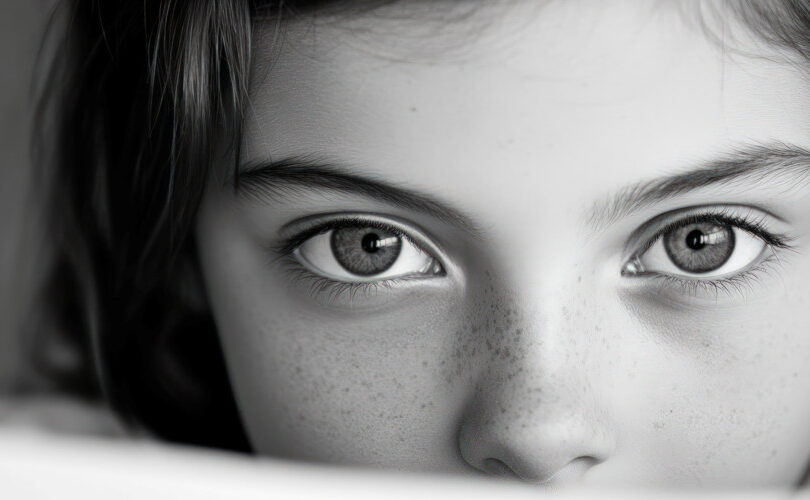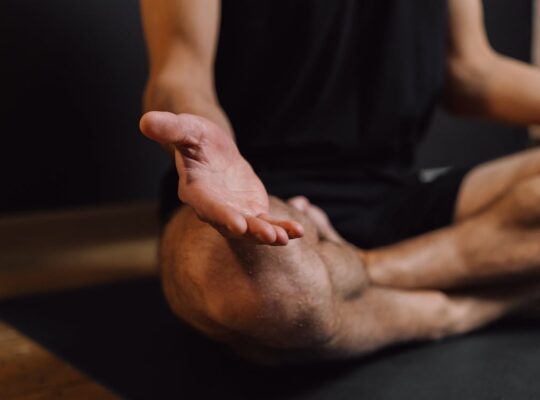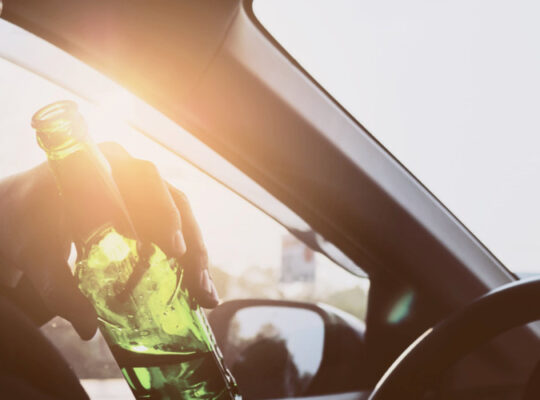Curiosity is part of growing up. Teenagers are meant to test boundaries, challenge rules, and explore who they are. It’s how independence is built. But in a world where access to substances, screens, and social media validation is easier than ever, that curiosity can turn dangerous, fast.
What starts as a sip, a puff, or a “just once” can quietly evolve into a dependency before a young person even knows what’s happening. It’s not about rebellion anymore, it’s about brain chemistry, peer pressure, and emotional pain colliding in ways that can shape a lifetime.
Teen addiction doesn’t always look like addiction. It often hides behind grades, sports, or smiles. But underneath, the message is the same, “I don’t know how to feel okay.”
The Myth of “Harmless Experimentation”
Parents often tell themselves it’s normal for teenagers to experiment. And yes, curiosity itself isn’t the problem. It’s what teens are curious with that matters. Today, teenagers have access to everything from alcohol and cannabis to prescription painkillers, vaping products, and synthetic drugs. They can order substances online, through friends, or even social media.
The problem isn’t just exposure, it’s the illusion of safety. Because “everyone’s doing it,” teens believe they’re invincible. They see viral posts glamorizing parties or drug use without ever seeing the withdrawal, the depression, or the overdose. Addiction rarely begins with the intention to escape. It starts with wanting to belong.
The Adolescent Brain, Built for Risk
There’s a biological reason teens are drawn to danger. The part of the brain responsible for impulse control, the prefrontal cortex, isn’t fully developed until around age 25. But the reward center, driven by dopamine, is in overdrive during adolescence. That means teenagers are wired to seek excitement, connection, and novelty without a full understanding of long-term consequences.
Add substances to that mix, and the brain learns fast, pleasure equals relief, and relief equals repetition. The earlier this pattern begins, the harder it is to break later in life.
Emotional Pain Disguised as Fun
Many teenagers use substances not to “get high,” but to turn down the volume on emotions they can’t yet handle, anxiety, sadness, rejection, or trauma. In South Africa, where youth unemployment, violence, and family breakdown are widespread, these pressures can be overwhelming. For some teens, substances become the only way to manage feelings of fear, hopelessness, or loneliness.
What looks like “fun” is often emotional survival.
The Role of Peer Pressure
Teenagers are social learners. They take cues from each other more than from adults. In that environment, the fear of rejection often outweighs fear of risk.
A friend offers a drink. Another laughs at your hesitation. Before long, the need to belong overrides reason. What’s tragic is that this same peer influence that leads to use could also prevent it, if only the conversation around addiction were honest, not shrouded in shame. Teens need community. When healthy belonging isn’t available, they’ll find it anywhere, even in danger.
The Hidden Addictions
When we talk about teenage addiction, most people think of drugs or alcohol. But dependence comes in many forms, gaming, vaping, pornography, social media, or self-harm. These behaviors all tap into the same neural circuitry of dopamine reward and emotional regulation.
A teen who spends hours online chasing likes isn’t much different from one chasing a high. Both are trying to escape discomfort through stimulation. The platforms and substances may differ, but the emotional root is the same, “I feel empty when I’m alone.”
Signs That Curiosity Has Crossed the Line
Teen addiction can be difficult to spot because it often mimics normal adolescence, mood swings, withdrawal from family, or changes in sleep. But there are warning signs:
- Sudden shifts in friend groups.
- Secretive behavior or lying.
- Decline in academic performance.
- Changes in appetite or appearance.
- Irritability, anxiety, or emotional outbursts.
- Isolation or loss of interest in once-loved activities.
Parents often mistake these as “phases.” But sometimes, it’s the beginning of dependence, and early intervention can make all the difference.
The Role of Parents and Caregivers
Teenagers don’t need perfect parents. They need present ones. Open, non-judgmental conversations about drugs, sex, and peer pressure are protective, not permissive. Silence creates shame, and shame drives secrecy. If teens believe they’ll be punished for honesty, they’ll lie. But if they believe they’ll be heard, they’ll talk.
Ask questions without accusation. Listen without interruption. And remember, prevention isn’t about control, it’s about connection.
The Bigger Picture
Addiction prevention can’t rest solely on families. Schools, communities, and healthcare systems need to step in early, not when a teen is already using, but when they’re struggling emotionally. Mental health education should be as common as math. Teaching emotional regulation, self-worth, and resilience gives young people the tools to face discomfort without escape.
In South Africa, where access to therapy is limited, schools and community programs can be lifelines, places where teenagers learn that pain can be spoken, not hidden.
The Digital Factor
Social media has redefined adolescence. Teenagers now compare their insides to everyone else’s filtered outsides. Every scroll reminds them of what they lack, the perfect body, perfect life, perfect confidence.
That constant comparison breeds anxiety, self-doubt, and depression. For many, substances become a way to mute that internal noise. It’s not just curiosity driving addiction, it’s a desperate attempt to quiet an overstimulated world. Parents often underestimate this. The average teen’s first exposure to drugs or alcohol often happens after a week of emotional exhaustion online.
The Path to Recovery
Teen addiction recovery isn’t about punishment; it’s about reconnection. The goal isn’t to “scare them straight”, it’s to remind them that they’re not broken. Treatment for teens must address both the substance and the story, the reasons behind the use. Therapy, family support, peer recovery groups, and trauma-informed care all play critical roles.
The earlier intervention happens, the better the outcome. A teenager’s brain is still flexible, still capable of rewiring. Healing is not just possible, it’s probable, if approached with compassion. Teen curiosity is natural. But when curiosity collides with trauma, pressure, and easy access to substances, it becomes dangerous. The difference between a phase and a lifelong struggle often comes down to one thing, connection. Teens who feel seen and supported are less likely to seek comfort in chemicals.
So talk to them. Ask the hard questions. Show them that curiosity doesn’t have to be destructive, it can also be the start of understanding themselves. Because the most powerful thing you can teach a teenager isn’t fear of addiction. It’s the belief that they’re worth protecting from it.







